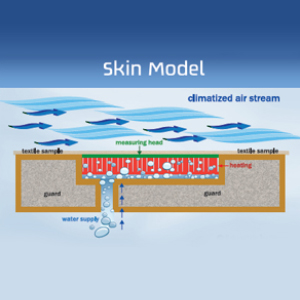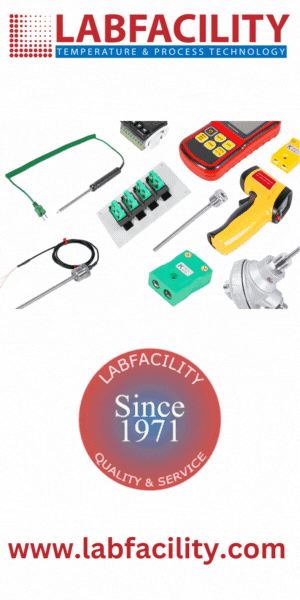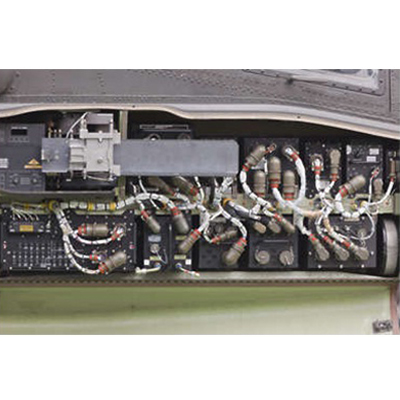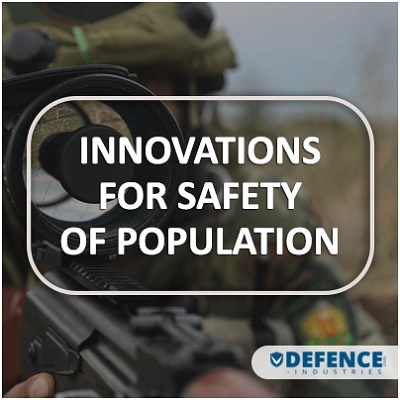Increased performance & protection for soldiers

Constant improvement of the soldier's equipment is vital in order to maintain competitive advantages in rapidly changing environments and battlefield scenarios. For the soldier's clothing systems, the aim is to develop lighter, more breathable and comfortable materials, with no compromise on ergonomics and operational capabilities. The military requires high levels of physical activity in a wide variety of environments, therefore military clothing systems must protect the wearer from the impacts of the operational environment and also dissipate heat and moisture.
Keeping cool in hot missions...
The body reacts to temperature changes with changes in energy use leading to reduced performance of soldiers. Optimal clothing supports the soldier by providing physiological function. This means that in a specific climate/activity scenario, properly designed clothing must assist human thermoregulation in such that the body core temperature remains at a steady value between 36.5 and 37.5 C. Additionally, controlling the humidity in the "microclimate", i.e. in the air layer within the clothing next to the skin, is extremely important to maintain values low enough to be subjectively perceived as comfortable.
Wear Comfort can be assessed objectively...
In order to assess the physiological properties of textiles during design, among other factors, "breathability" has to be measured and expressed accurately and reproducible. Such assessments must correlate to the physiological comfort perceived objectively and subjectively by the wearer.
Clothing physiology, the science and engineering of physiological function and the wear comfort of textiles and garments, became a quantitative science some 45 years ago. Over this time, scientific methods and apparatus have been developed to measure the water vapour transmission of textiles, which is critical to comfort and performance. These methods differ in the principle of the test, the complexity and duration of the test procedure as well as the cost for the test apparatus.
Among others, there are two primary methods and models that have emerged for testing the "breathability" of textiles. One method uses the Skin Model (sweating guarded hot plate test) determining the water vapour resistance as Ret in m Pa/W. This method is internationally standardized in ISO 11 092 or EN 31 092. The second recognized method utilizes a " cup test" determining the water vapour transmission rate WVTR g/m 24 h, nationally standardized in ASTM E 96.
But are these methods equal or are there important differences? Let us take a closer look at the different methods:
Cup Methods versus Skin Model
In comparing these two test methods, from scientific, technical and practical points of view, the Skin Model has significant advantages over the cup test. The first advantage is that the Skin Model allows for precisely defined and controlled test conditions, thus yielding more accurate and reproducible results. However, the most important difference between the methods may be that various research projects have demonstrated that the Ret value measured with the Skin Model correlates directly with the wearer's skin wettedness or the garments' upper limit of the temperature range of utility (TRU). TRU for a specific activity level, is the (max) temperature where the wearer is not feeling uncomfortable due to moisture effects. When the WVTR value is measured with the Cup Method however, no such correlation to wearer comfort can be determined. Therefore, using the Skin Model, the actual interaction between the body and textile garments is better simulated than with the cup test.
In summary, the major shortcomings of the cup test are:
- Test results of different methods using the same textiles are not comparable and can differ even in ranking
- No definition of the air flow is possible in the measuring device, allowing the test climate to vary widely
- Insufficient determination of water vapour permeability of the air flow across the test specimen, allows error in the test results due to drying effects (e.g. ASTM E96-E)
- With highly breathable textiles, the desiccant (drying agent) can be saturated at the surface - test result is not representative (e.g. ASTM E96-E)
- Low reproducibility of test results have been found in intra-lab and inter-lab studies, therefore, little significant correlation between test results and wear comfort of a person is possible (no validation e.g. through wearer trials)
Advantages offered by the Skin Model at a glance:
- Suitable for all kinds of textiles and material combinations up to a thickness of 20 cm
- Measuring time dependent on sample
- Precision of the test is defined
- Reproducibility of test is very high
- Measurement procedure is validated with a large number of wearer trials
- Direct correlation between humidity on the wearer's skin and Ret-value.
Clothing Physiology and the Hohenstein Institute
Ever since its foundation in 1946, one of the main focuses of research at the international textile research and service centre at the Hohenstein Institute in Boennigheim has been the interaction between textiles and human physiology. The objective was and remains the development of clothing, bedding and vehicle seats HOHENSTEIN INSTITUTE Schloss Hohenstein 74357 Boennigheim Germany www.hohenstein.de >> CONTACT: Dr. A. Schmidt Function and Care Tel: +49 7143 271 717 E-Mail: [email protected] which optimally support temperature regulation depending on the environmental climate and activity, in other words, offer a high level of comfort.
The founder of the institute, Prof. Dr.-Ing. Otto Mecheels and his son Prof. Dr. Jrgen Mecheels, together with Prof. Dr. Karl-Heinz Umbach, are regarded as the pioneers of research into clothing physiology in Germany. Their work is the foundation for the evolution of the testing of functional textiles as it is known today. The first thermoregulatory transport model of the human skin (Skin Model) to measure heat and moisture properties was developed by Prof. Dr. Jrgen Mecheels in 1956. This marked the starting point of quantitative clothing physiology.
The Hohenstein Institute is uniquely positioned to perform the critical tests necessary to ensure that strict performance requirements are met and, ultimately, the soldier is properly protected to ensure efficiency and effectiveness of military operations.
As one of the world's leading independent and accredited textile research and testing laboratories, the Hohenstein Institute offers a comprehensive range of testing, application-based research and development, consultancy and inspection for high technology and functional military textile articles and many other associated areas.
Dr. Andreas Schmidt
Director Function and Care Department
Hohenstein Institute
Tel: +49 7143 271 717
[email protected]
www.hohenstein.de









